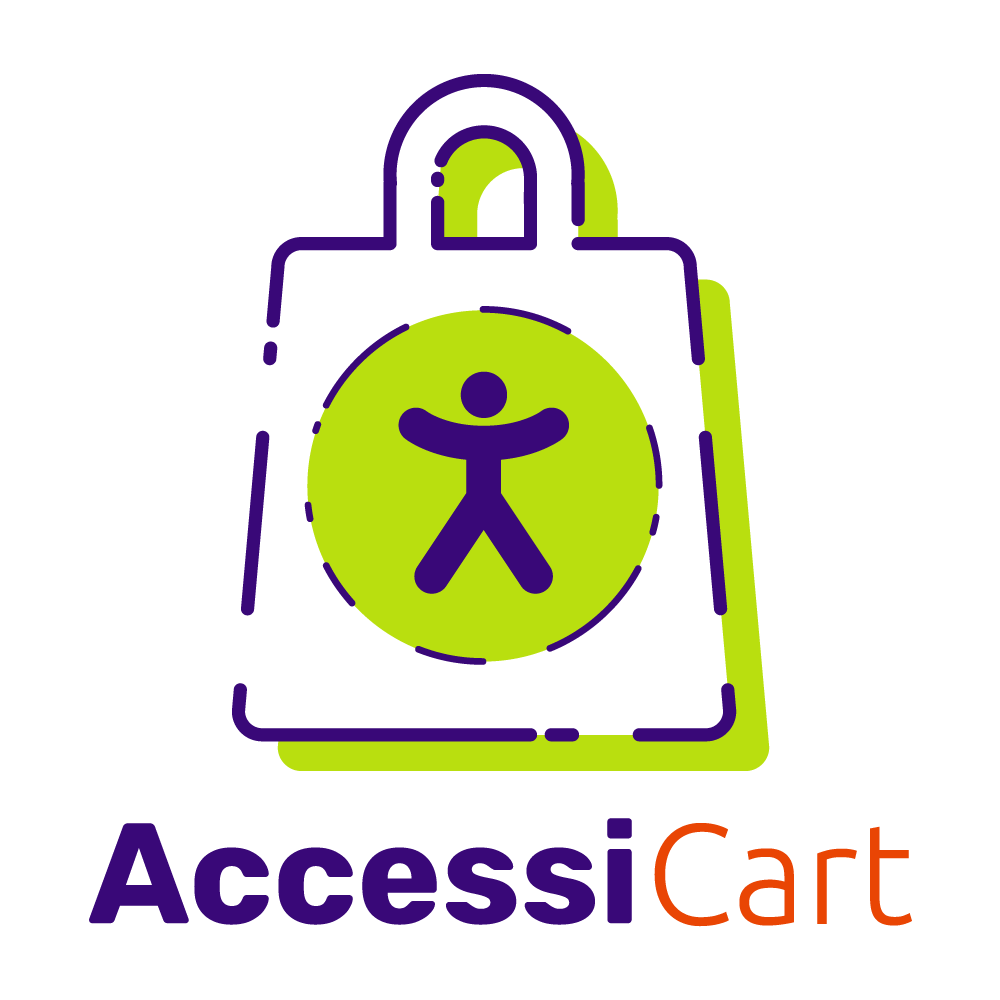
What’s an accessible PDF (Portable Document Format)? What does that even mean? This post will answer those questions and supply you with tips on making your PDFs accessible and things to look out for.
NOTE: if you are looking for more technical info on how to create accessible PDFs, check out our post series that starts here.
What is an Accessible PDF?
Accessible PDFs are simply PDFs that have been optimized for usability for those who may have a disability. Such optimizations also include taking proper formatting semantics into account. For a PDF to be considered accessible, it must meet a particular set of standards:
- Searchable text
- Use of text instead of images of text
- Alt-text descriptions for non-text elements (images, videos, etc.)
- Labeled and interactive form fields with accessible error messages that don’t time out
- Document language and title are indicated on the PDF and match the language the document was written in
- Document structure tags and proper reading order
- High contrast between background and text/images
- The document security doesn’t interfere with assistive technology
- Consistent navigation and identification of elements
- Color or sensory characteristics aren’t used to convey meanings
- Interactive hyperlinks and navigational aids
- Controls for audio
- No use of flashing or blinking elements
- No focus changes without user initiation
The Americans with Disabilities Act (ADA) requires that businesses be accessible to everyone. Currently, the courts have extended the ADA requirement to websites also. Therefore, if you have any PDFs on your website, they must be accessible too.
An accessible PDF complies with the law and provides a painless experience for people who might otherwise struggle to use your document. You’re at risk of getting sued or losing potential customers if they can’t understand your content.
Why does a PDF need to be Accessible?
PDFs are a great way to package information and make it sendable, downloadable, printable, or attachable. However, not everyone is able to visually scan a document, distinguish color combinations with poor contrast, or make cognitive assumptions. Here are some examples of why some people need PDFs to be accessible:
- Those who are blind or have low vision use a screen reader to read content for them. If a PDF doesn’t have correct formatting, this makes it much harder to do (or even impossible in cases of a scanned PDF)
- For those who have motor impairments and can’t use a mouse, they will use their keyboard to navigate a PDF. To optimize navigation, formatting and correct semantics are key (for example, a form PDF should have formatted, fillable fields)
- Those with cognitive disabilities may struggle to read text that is hyperstylized or a low-resolution scanned document
How to Make an Accessible PDF
While you may have hoped for a simple fix, creating an accessible PDF is more than clicking a few buttons. There are a whole set of procedures and processes you’ll want to follow to guarantee you’re creating an accessible PDF. We’ve listed step-by-step instructions to help with this process.
Format the Original Document Correctly
If you’re creating a PDF from a word processing program, make sure your original document is formatted correctly. Organize your content systematically, and the navigation should be uncomplicated for anyone who views your content. This can mean using correct headings, list formatting, paragraph spacing, and implementing bookmark anchor links when making references within the same document. Making sure your original document is formatted correctly will reduce the chance of having to make corrections within your PDF editor.
Tags
Not to be confused with digital keywords, screen readers use document tags to identify document elements for its users and create a roadmap. Check to confirm headings, tables, paragraphs, and images are all labeled properly before converting your document. One of the most important parts of creating an accessible PDF is to guarantee that you’re using the right tags. They not only let your users know what information is important (like a heading), but they also allow you to instruct some information to be ignored by screen readers (such as a 100% decorative element in an infograph).
Structure
Format your content in a way that makes sense to all readers; don’t assume they’ll all be able to come to the same conclusion. Making your users guess is a quick way to frustrate them. This means creating intuitive and consistent structures, sorting content with proper headings, and not depending on your users consuming the document in one way.
Title
The document title should describe the content. For example, if you have an article about rugs, you wouldn’t name it “My Favorite Things.” Instead, consider a name like “The Best Rugs for Allergy Prone Households.”
Links
For links to be accessible, they must have descriptive anchor text (eg, “link text”), rather than generic terms like “click here.” If you’re linking to a blog post, use the blog post title instead of a “Read More” link.
Images
Images should include a caption or alt text (preferably not both unless they offer different information). The caption and alt text give the reader more information about the image, even if they can’t see it. This creates context for your users.
Reading Order
Manually configuring a reading order within your PDF is the only way to make sure your PDFs are correctly presented. While a standard document created in a word processor will probably have a default linear reading order, this gets a little more complicated when you start considering an infograph designed in Adobe Illustrator or a flyer designed in Microsoft Publisher.
Context
Context and wording can make a huge impact on your users. For example, giving a relative instruction like “at the top of this page” is only useful for sighted users. Create content that is more specific and reduces your user’s guesswork.
Scanned PDFs are not Accessible
Scanning a physical document as a PDF is never accessible. Screen readers can’t detect the text since it is technically an image in these types of documents, optical character recognition (OCR) doesn’t add the correct headings and tags, and they’re almost always at a slight tilt and scanned text is usually grainy and hard to read. This practice should be 100% avoided.
Conclusion
Every time you make a PDF, it’s important to make sure all content is accessible to everyone, regardless of ability. By following these steps, you’ll create documents that everyone can use.

Our Accessibility Maintenance Plans help you remove barriers for people with disabilities and meet legal requirements with confidence.